#Silver and bronze
Text

11K notes
·
View notes
Text


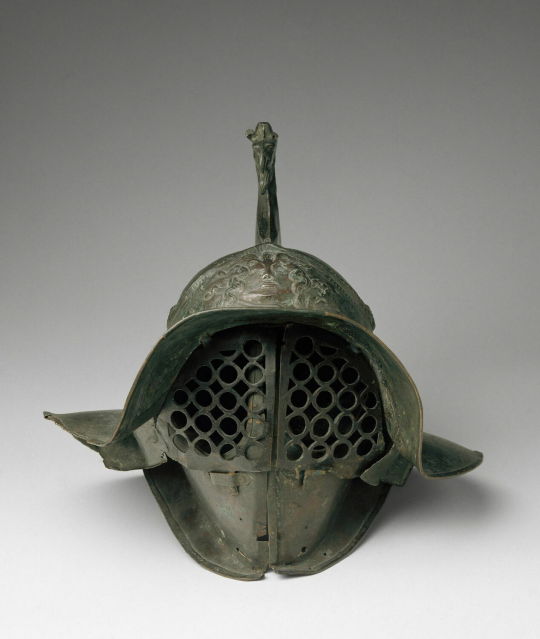
~ Gladiator Helmet.
Date: A.D. 50-75
Place of origin: Campania
Place of origin: Pompeii - 1767 (barracks of the Gladiators)
Medium: Bronze, silver
#ancient#ancient art#history#museum#archeology#ancient history#archaeology#pompeii#gladiator#gladiator helmet#helmet#campania#bronze#silver#louvre#a.d. 50#a.d. 75
2K notes
·
View notes
Photo
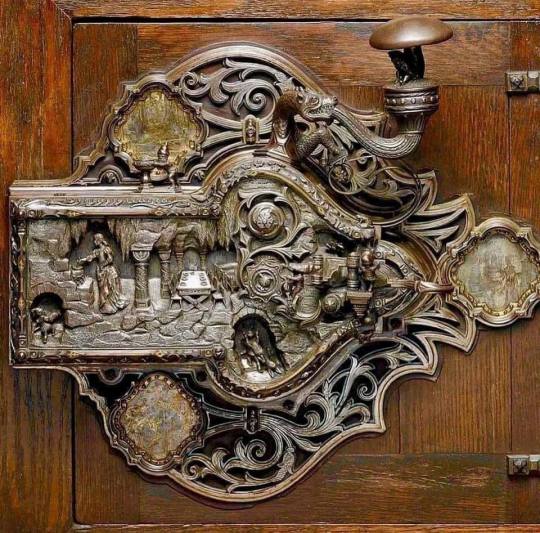
Iron lock (1911) with inlays of gold, silver, bronze, and copper on wood base,
By Frank L. Koralewsky (1872-1941)
© Art Institute of Chicago
#art#design#sculpture#iron#lock#door lock#gold#silver#bronze#coper#frank L. koralewsky#1900s#figure#hand crafted#hand made#collectors
3K notes
·
View notes
Text

DRAGON SLAYER BLADE | LISTING
3K notes
·
View notes
Text









eras tour lookbook: my favorites edition
#taylor swift#tswiftedit#candy swift#my edit#eras tour#CAN I GET SOME COMMOTION FOR THE MOST UNDERRATED LOVER BODYSUIT. AND THE YELLOE DRESS#AND UNPOPULAR OPINION THE GREEN FOLKLORE DRESS WILL NEVER BE THE WHITE FOLKLORE DRESS#mine#this has been in my drafts since JULY 😭😭😭😭#because originally i had the black and gold the man jacket here but that was soooo hard to make a usuable gif of#and then once i finally was happy with how it came out taylor debuted the midnights bodysuit with the cutouts and i was like oh crap#that was also somewhat hard to make a cohesive gif of but i persevered#i just have to say though that IVE BEEN THE NUMBER ONE YELLOW DRESS FAN SINCE SHE FIRST WORE IT OKAY#there’s so much lore associated with it now but it’s been my darling all along#also my unpopular opinion is preferring the empire waist bronze dress but that was just impossible to find good footage of tbh#also my original efforts at this gifset were all for naught regardless bc i’ve changed my mind and like the silver jacket better now#this also all preceded the debut of the pink bodysuit and jacket but idt they would have made it on here anyway
341 notes
·
View notes
Photo


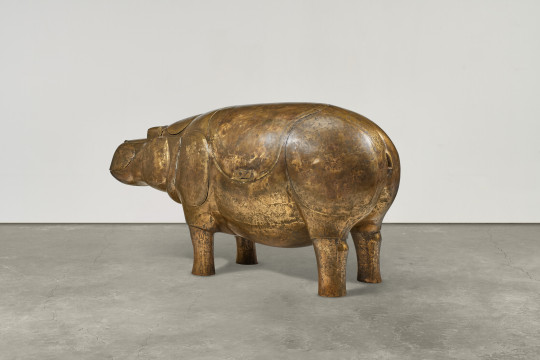
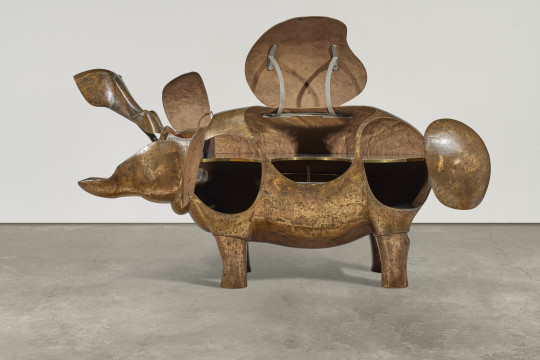

François-Xavier Lalanne, “Hippopotame II,” Bar, 1978,
Patinated Bronze, Stainless Steel, Copper, Nickel Silver, Brass, Painted Wood,
100 x 200 x 80 cm (Closed) / 148 x 222 x 92 (Open)
#art#design#furniture#sculpture#françois-xavier lalanne#1978#hippopotame#hyppo#bronze#copper#nickel#silver#wood#iconic#collectors#bar#drinks#cocktails#champagne
860 notes
·
View notes
Text
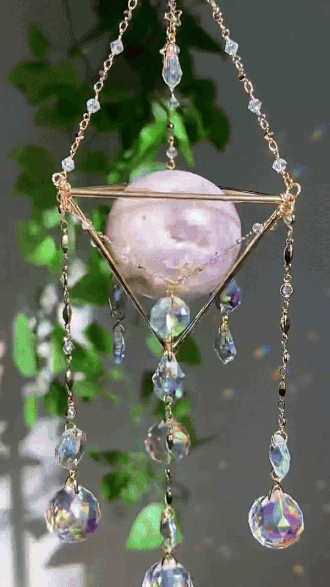

lunarcrystalcreations on ig
#stim#suncatchers#crystals#moons#sfw#pink#silver#clear#purple#blue#green#bronze#orbs#rocks#minerals#leaves#plants#reflections#flashing#flashing gif#ishy gifs#postish
139 notes
·
View notes
Text
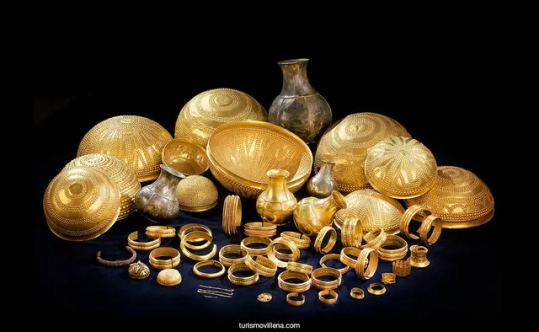
Meteorite Iron Discovered in 3,000-year-Old Bronze Age Gold Hoard
New research reveals that two Bronze Age artifacts from the Treasure of Villena contain iron from a meteor that hit a million years ago.
In the ’60s, researchers discovered a trove of Bronze Age treasure in Villena, Spain. While most of the stunning bottles, bowls and bracelets are made of gold and silver, new research has revealed that some of them were forged from another material: iron from a meteor that struck Earth a million years ago.
According to a recent study published in the journal Trabajos de Prehistoria, researchers conducted tests on two of the artifacts—a bracelet and a hollow decorative sphere—made between 1400 and 1200 B.C.E.
The trove’s materials have long mystified researchers. After finding it on the Iberian Peninsula in 1963, archaeologist José María Soler García noted the presence of a “dark leaden metal” among the gold, per El País’ Vicente G. Olaya. The metal was “shiny in some areas, and covered with a ferrous-looking oxide that is mostly cracked.”
To determine the iron’s origins, researchers used mass spectrometry, a technique that measures a molecule’s mass-to-charge ratio. As Live Science’s Jennifer Nalewicki reports, this analysis revealed that the iron’s nickel composition resembles that of meteoritic iron. These items are the first artifacts made of meteoritic iron ever found in the Iberian Peninsula.



“Iron was as valuable as gold or silver, and in this case [it was] used for ornaments or decorative purposes,” study co-author Ignacio Montero Ruiz, a researcher at the Spanish National Research Council’s Institute of History, tells Smithsonian magazine.
The presence of such an “unusual raw material” suggests it was made by highly skilled metalworkers capable of “[developing] new technologies,” adds Montero Ruiz.
But iron is also quite different from more common materials such as copper, gold or silver. As Montero Ruiz says to Live Science, “People who started to work with meteoritic iron and later with terrestrial iron must [have had to] innovate.”
The study’s other co-authors are Salvador Rovira-Llorens of the National Archaeological Museum and Martina Renzi of the Diriyah Gate Development Authority. The trove is held by Villena’s Archaeological Museum, which says on its website that the 66 items are considered the “most important prehistoric treasure in Europe.” Still, the artifacts’ origins remain a mystery.
Montero Ruiz tells Smithsonian magazine that objects made from meteoritic iron are rare, and most known examples from this period are connected to eastern Mediterranean cultures. The treasure’s creators “probably had access to a fallen meteorite in the area that allowed them to discover the properties of this material and how to shape it,” he says.
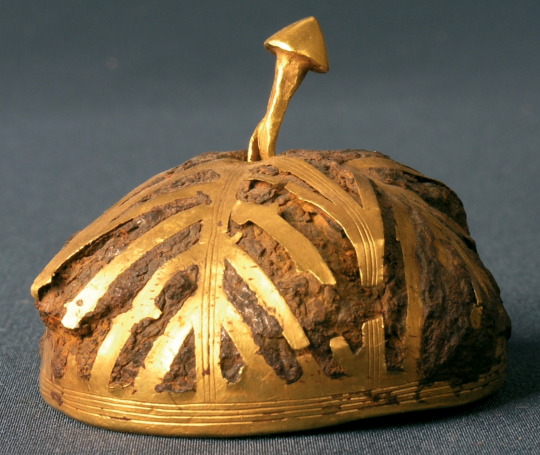
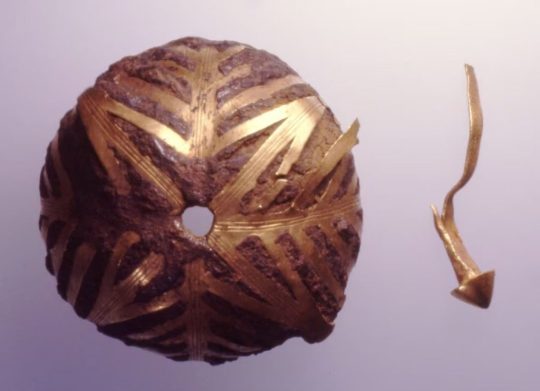
Last year, research revealed that an arrowhead found in Switzerland was made from meteoritic iron. That artifact, however, dates to between 900 and 800 B.C.E.
Researchers also don’t know who owned the Villena treasure, though they think it would have belonged to a community rather than a single individual.
“These two pieces of iron had enormous value. For this reason, they were considered worthy of becoming part of this spectacular ensemble,” says Montero Ruiz, per El País. “Who manufactured them and where this material was obtained are still questions that remain to be answered.”
By Sonja Anderson.


#Meteorite Iron Discovered in 3000-year-Old Bronze Age Gold Hoard#Treasure of Villena#Bronze Age treasure#Bronze Age#gold#silver#ancient artifacts#history#history news#ancient history#archeology#ancient civilizations#ancient art
140 notes
·
View notes
Text
I love the paris medals, both Olympic and Paralympic 🫣
#I agree the color visual of the iron isn’t ideal but it’s still cool I think#it would have been perfect if they put the iron in it and then put a gold/silver/bronze foil over it#so it’s still conspicuously There and people will know its significance but it would be less disruptive to the overall look
113 notes
·
View notes
Text


#aerith#tifa#aerith gainsborough#tifa lockhart#final fantasy#final fantasy 7#fanart#gaming#gaming fanart#BRONZE#SILVER#GOLD
7K notes
·
View notes
Text
wowie im sure glad i finished this drawi*small gnome runs past me at unthinkable speeds* woah. did you see that

#paper puppets take 2#ppt2#osc ppt2#IM NOT FUCKING TAGGING EVERY FUCKING CHARACTER#object show community#osc#my art#theyre all so autism#i am. actually#platinum ppt2#gold ingot ppt2#silver ppt2#bronze ppt2#basketball ppt2#journal ppt2#post it note ppt2#ace ppt2#bottle ppt2#chainsaw ppt2#plasma ball ppt2#knight helmet ppt2#cup ppt2#slipper ppt2#ukulele ppt2#treasure chest ppt2#(trust me hes there)
129 notes
·
View notes
Text
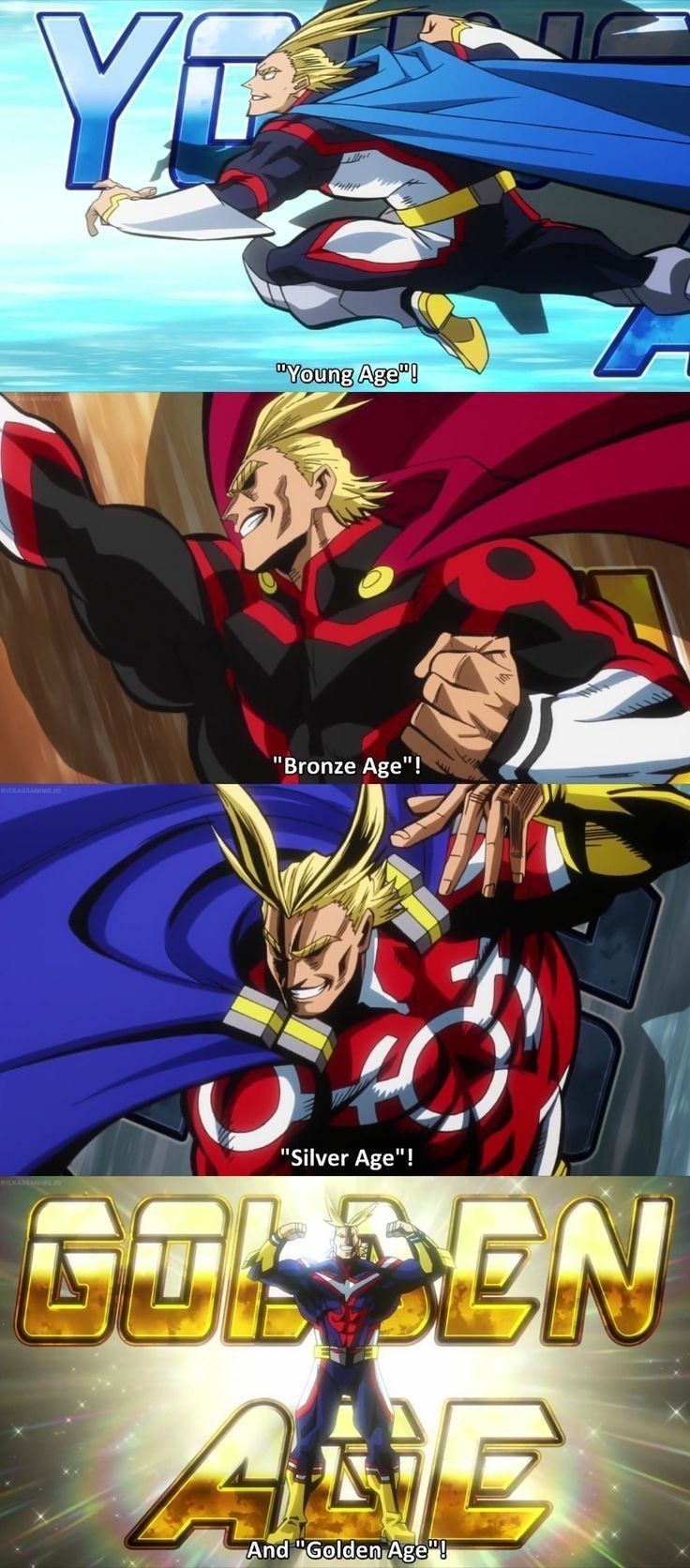
I'm sorry but was all might in his emo faze in his bronze costume bc why does he look like shadow from sonic the hedgehog 😭
#all might#bnha#mha#toshinori yagi#emo#young all might#silver age#bronze age#golden age#sonic the hedgehog#shadow the hedgehog
97 notes
·
View notes
Text
Arron’s death turned him from the savior (Constantine) into the sacrificial lamb (Jericho), and turned Call from the boy stuck in his counterweight’s shadow (Jericho) into the monster (Constantine).
#Callum Hunt#Aaron Stewart#Constantine Madden#Jericho Madden#Parellels#Magisterium#The Magisterium Series#The Magisterium#The Iron Trial#The Copper Gauntlet#The Bronze Key#The Silver Mask#The Golden Tower#call/aaron#calron
69 notes
·
View notes
Text
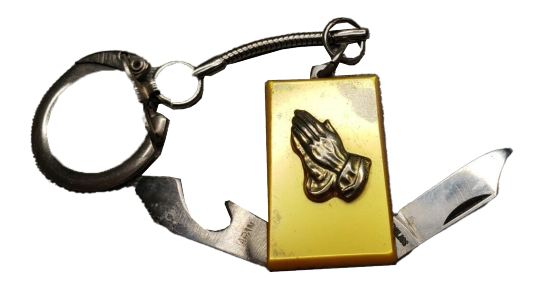
VINTAGE CATHOLIC POCKET KNIFE | LISTING
2K notes
·
View notes
Photo

Dagger with inlaid Griffin,
Knossos, Crete, Greece. 1450-1375 BC.
Bronze, ivory, gold and silver.
“It is a short copper sword, 40 cm long. It has an elephant apple and an elephant-lined handle, which has been fixed with gold-plated silks. The sword has an insert decoration of a sitting flu with open gold wings on both sides.
This is the technique of ink insert decoration, formerly called niello and with it the famous Mycenaian Greek textbooks have been manufactured.The insert trim was done inside a cut, which followed the outline of the copper alloy-based fluoride by applying gold and silver foil to the shaped surface of the sword... "
( an interview with Dr. Athanasia Kanda with the theme: "The City of Knososos, a "timeless" center of worship. "
Ephorate of Antiquities of Heraklion © Hellenic Ministry of Culture and Sports / Hellenic Organization of Cultural Resources Development
#art#design#dagger#griffin#knossos#crete#greece#bronze#ivory#gold#silver#style#history#antic#antiquity#ephorate of antiquities of herakliion#culture#sword#niello
518 notes
·
View notes
Text
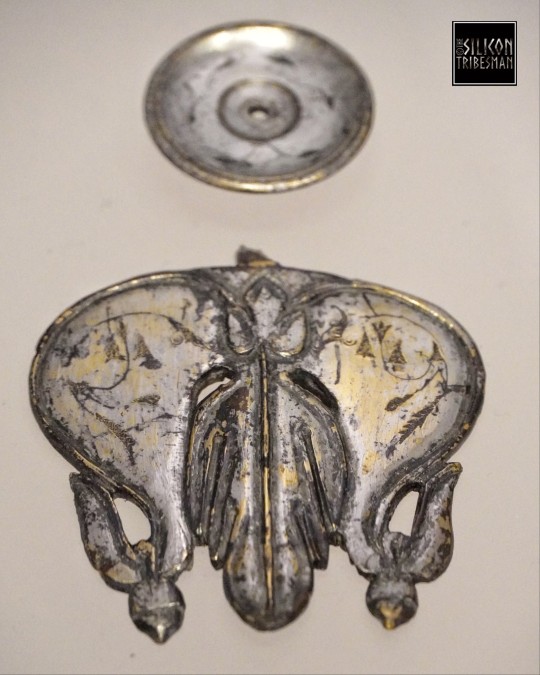
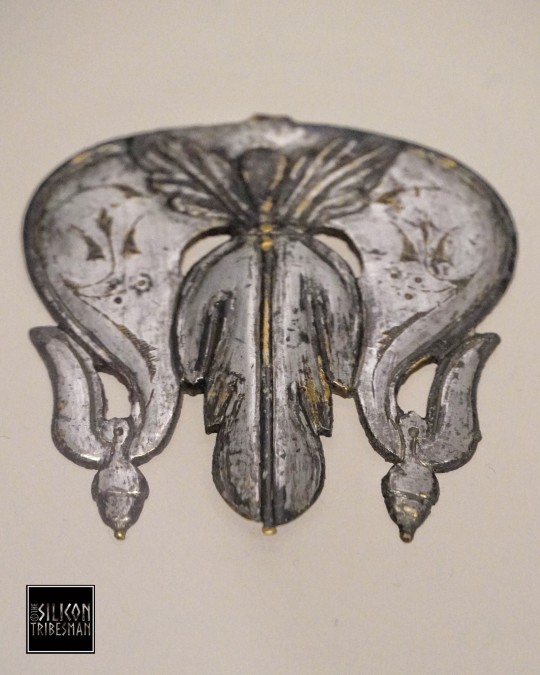
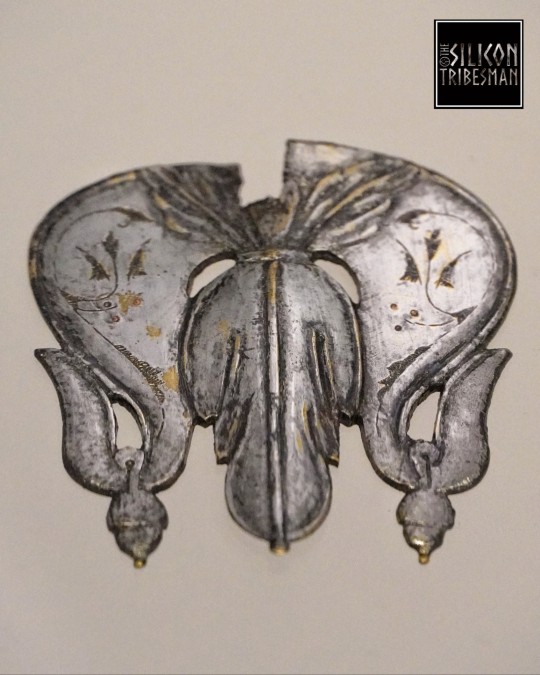
Silvered Horse Harness Pendants, Newstead, 1st Century CE, The National Museum of Scotland, Edinburgh
#ice age#stone age#bronze age#copper age#iron age#neolithic#mesolithic#calcholithic#paleolithic#prehistory#horse mount#pendants#silver#archaeology#Newstead#metalworking#metalwork#ancient craft#ancient cultures#horses
57 notes
·
View notes